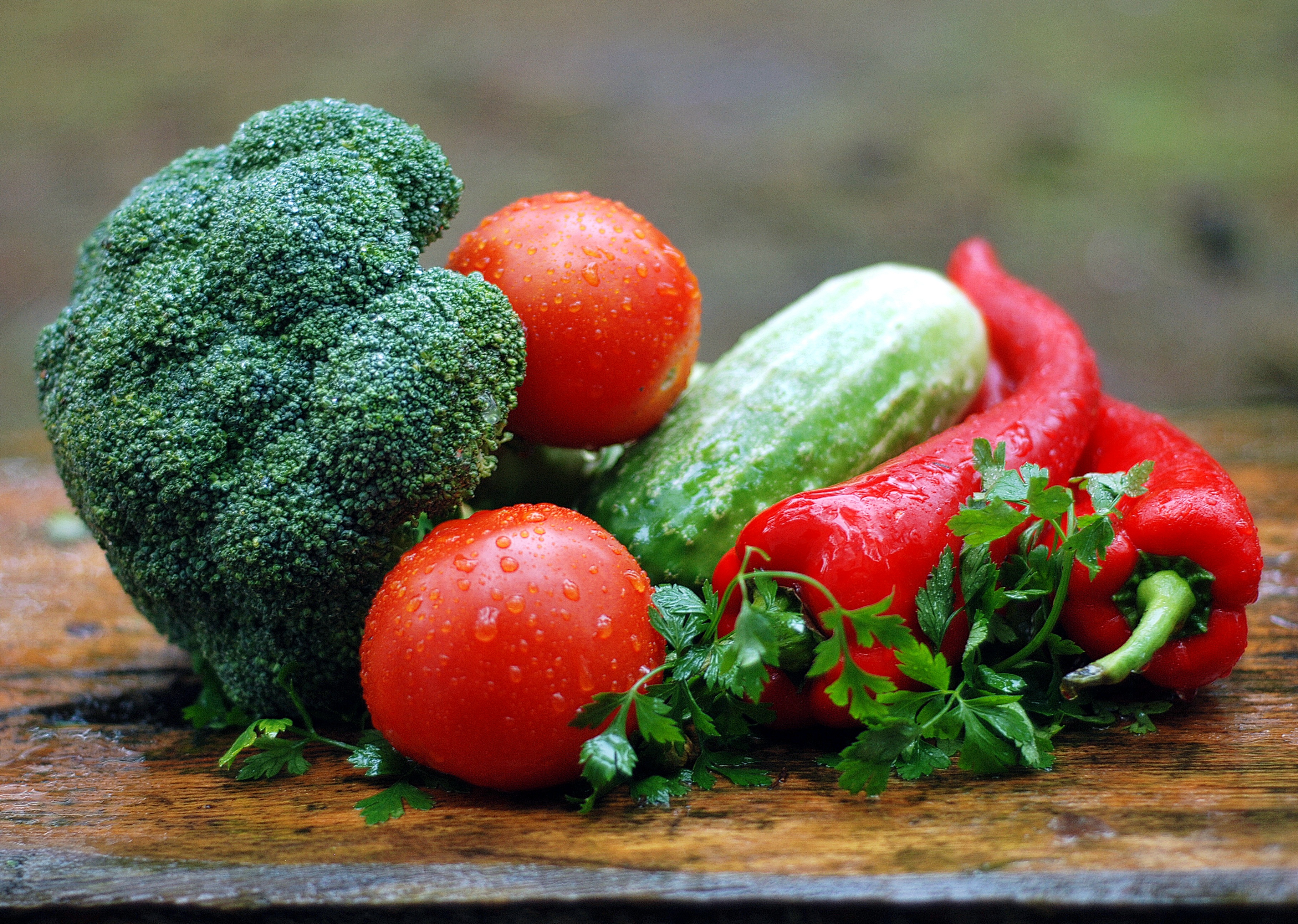
Food preservation methods have recently become one of the most frequently discussed issues. One of these preservation methods is microbiological inactivation. Various heat treatment techniques such as pasteurization, sterilization, freezing, drying and thickening are used to ensure the microbiological safety of food. However, these techniques cause loss of food in terms of taste, smell, texture, aroma and vitamins. Cold sterilization methods have been developed in which the freshness and naturalness of the food can be preserved without disturbing the quality of the food. Cold plasma technique, which is one of these methods, is more advantageous than other cold sterilization methods. This is because it minimizes the mentioned losses and ensures less energy consumption.
Plasma technology is a new alternative surface sterilization and disinfection process since it can inactivate both vegetative cells and bacterial spores in a short time at ambient temperature. A good conductor (conducts electricity and heat well), interacts with electric and magnetic fields, has a high rate of chemical reactions, high temperature and energy density. This technology was first discovered by Irving Langmuir in 1928. Plasma is formed by applying energy to a gas to rearrange the electrical structure of atoms and molecules and to produce excited species and ions.
The mechanism of action of plasma technology: Direct degradation of genetic materials of microorganisms by UV rays. As a result of the ‘etching’ effect, the microorganism is eroded at the atomic level. It is used only in modifications of heat-resistant inorganic materials (metals, metal oxides, etc.) since it is increased to 1000K in hot plasma, which is divided into hot and cold plasma types. Cold plasma is used for sterilization and preservation of foods. The cold plasma temperature is between 300–400K. The ion temperature is close to room temperature. For this reason, it is called cold plasma.
